Senior experts from BSI Vietnam presented the core contents, providing an overview of the construction and management of green ports. Solutions to implement the “Vietnam Green Port Criteria” were analyzed in detail, from the context of global sustainable development, strict international requirements and domestic regulations, to the specific context of the Vietnamese logistics industry.
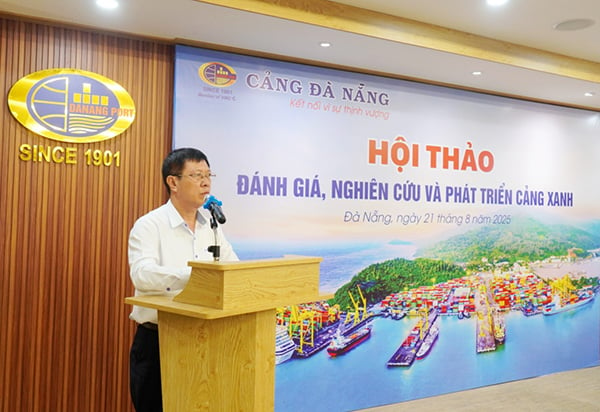
Deputy General Director of Da Nang Port Le Quang Duc spoke at the workshop.
Carbon and environmental footprint management with advanced standards ISO 14064 (greenhouse gas inventory) and ISO 14068 (carbon neutral management) are effective tools to help ports control, reduce emissions and move towards carbon neutrality. Reporting standards according to GRI (Global Reporting Initiative) help to make information about the port's sustainable development activities transparent to stakeholders.
At the workshop, issues that Da Nang Port is very interested in such as integrating green criteria into operations, optimizing energy use, waste management, and the roadmap for applying ISO standards were thoroughly answered by experts. Representatives of Da Nang Maritime Port Authority highly appreciated the initiative and vision of Da Nang Port in approaching the green port model.
According to Deputy General Director of Da Nang Port Le Quang Duc, the cooperation with BSI Vietnam to organize the workshop demonstrates the strong determination of Da Nang Port to pioneer in building a sustainable, environmentally friendly seaport model, in line with the development trend of the world maritime industry.
“Developing according to the green port model is not only about complying with national and international regulations but also about being responsible for the environment and the community. This is a strategic step, affirming the position, enhancing competitiveness and creating sustainable value for Da Nang Port in the context of deep integration,” Mr. Le Quang Duc emphasized.
It is known that, in order to become a green port, Da Nang Port has been investing in loading and unloading equipment that uses clean energy and does not emit CO2 (such as electric RTG cranes; battery-powered Reach sacker vehicles; rooftop solar power for the Port Office; 100% LED lighting at Tien Sa Port; buses and trucks serving maintenance and repair in Tien Sa Port area using 100% battery power).
The port is also researching the implementation of rooftop solar power systems in warehouses to proactively source clean energy. Operational processes are optimized to reduce the time ships have to start their engines at the wharf; internal tractors and customer vehicles have to start their engines at least within the port premises to minimize CO2 emissions (currently, tractors enter the port to pick up/drop off containers in less than 16 minutes, a reduction of more than 40% compared to before).
Source: https://doanhnghiepvn.vn/doanh-nhan/cang-da-nang-huong-toi-muc-tieu-xanh/20250821043057245



![[Photo] President Luong Cuong receives delegation of the Youth Committee of the Liberal Democratic Party of Japan](https://vstatic.vietnam.vn/vietnam/resource/IMAGE/2025/8/22/2632d7f5cf4f4a8e90ce5f5e1989194a)


![[Photo] Prime Minister Pham Minh Chinh chairs the conference to review the 2024-2025 school year and deploy tasks for the 2025-2026 school year.](https://vstatic.vietnam.vn/vietnam/resource/IMAGE/2025/8/22/2ca5ed79ce6a46a1ac7706a42cefafae)
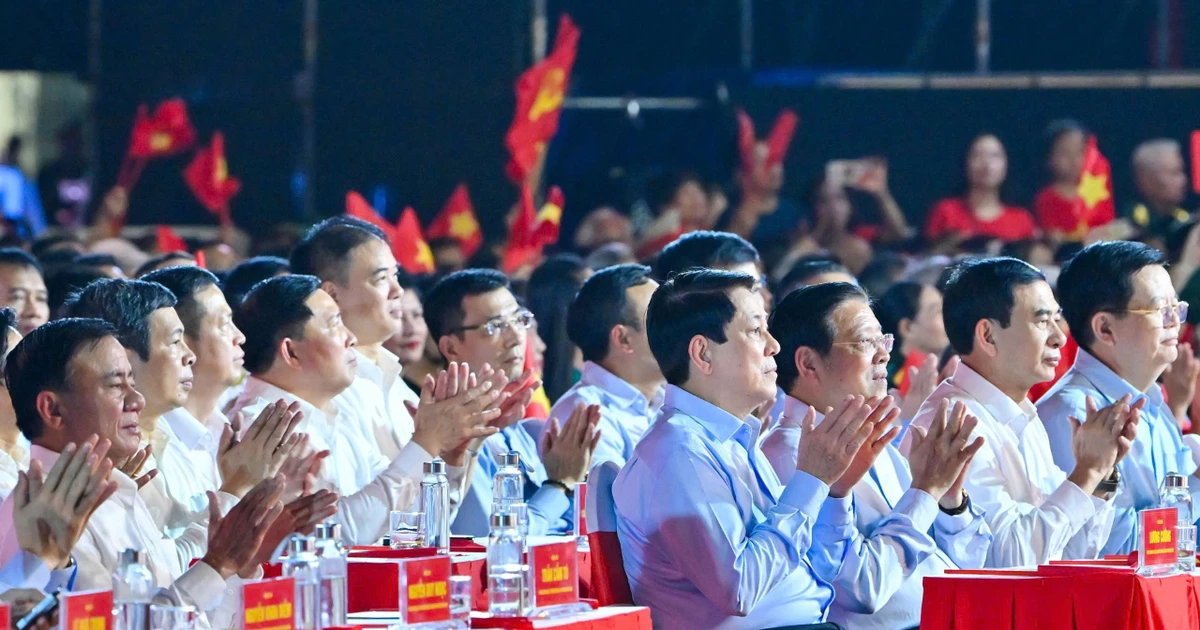
![[Photo] President Luong Cuong attends special political-artistic television show "Golden Opportunity"](https://vstatic.vietnam.vn/vietnam/resource/IMAGE/2025/8/22/44ca13c28fa7476796f9aa3618ff74c4)




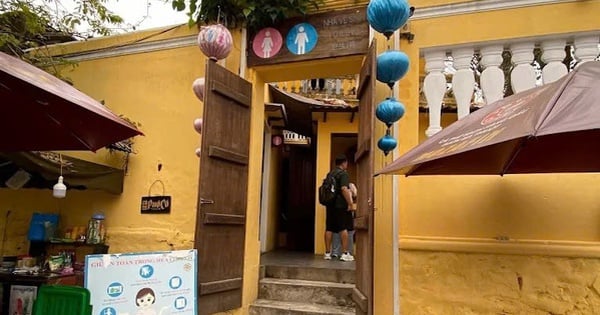

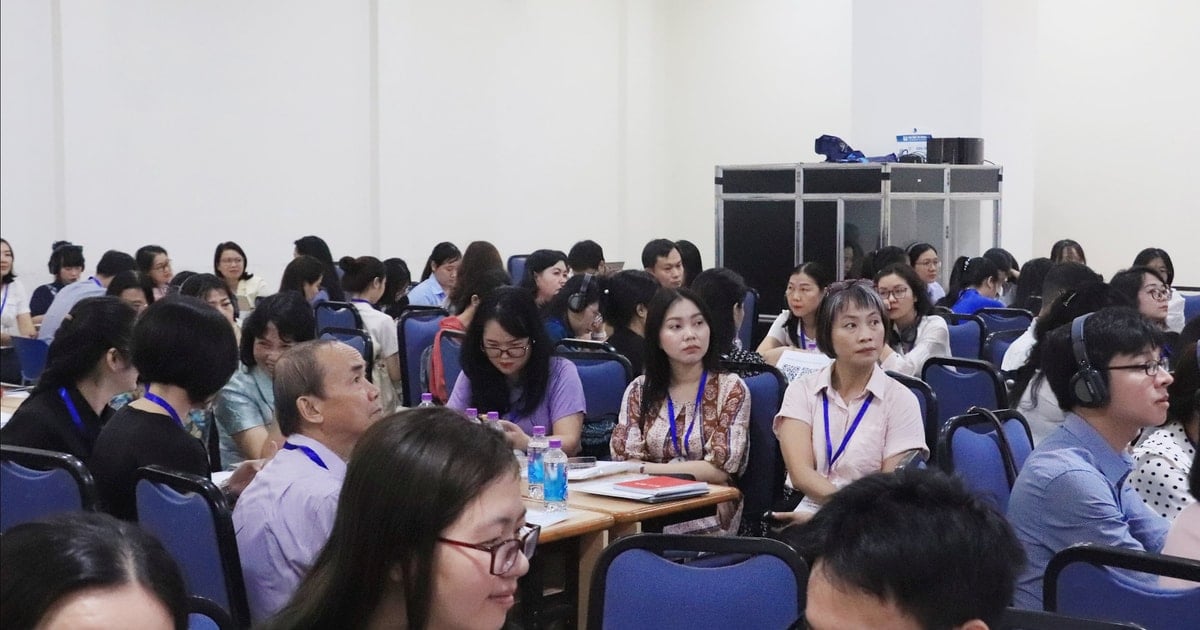


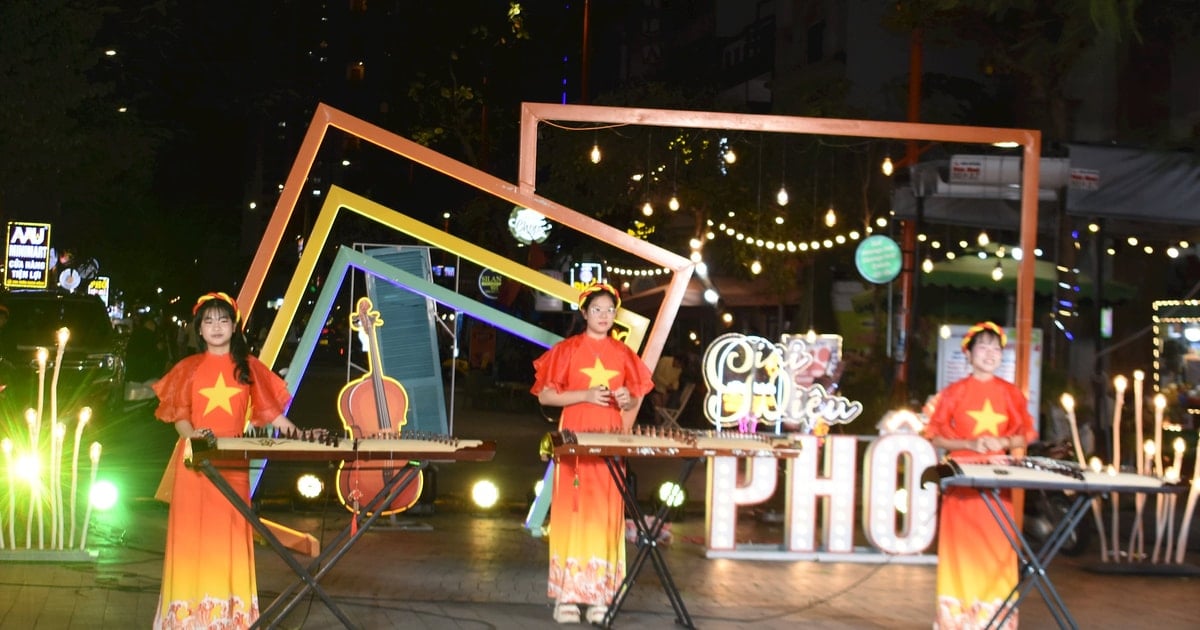
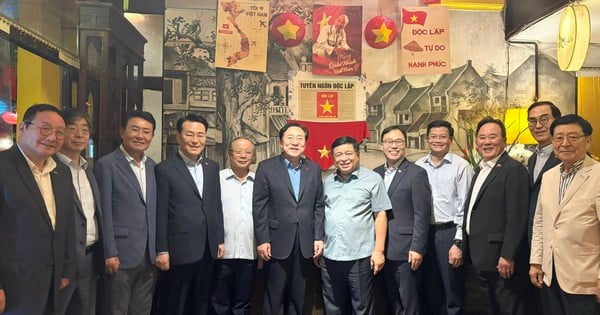
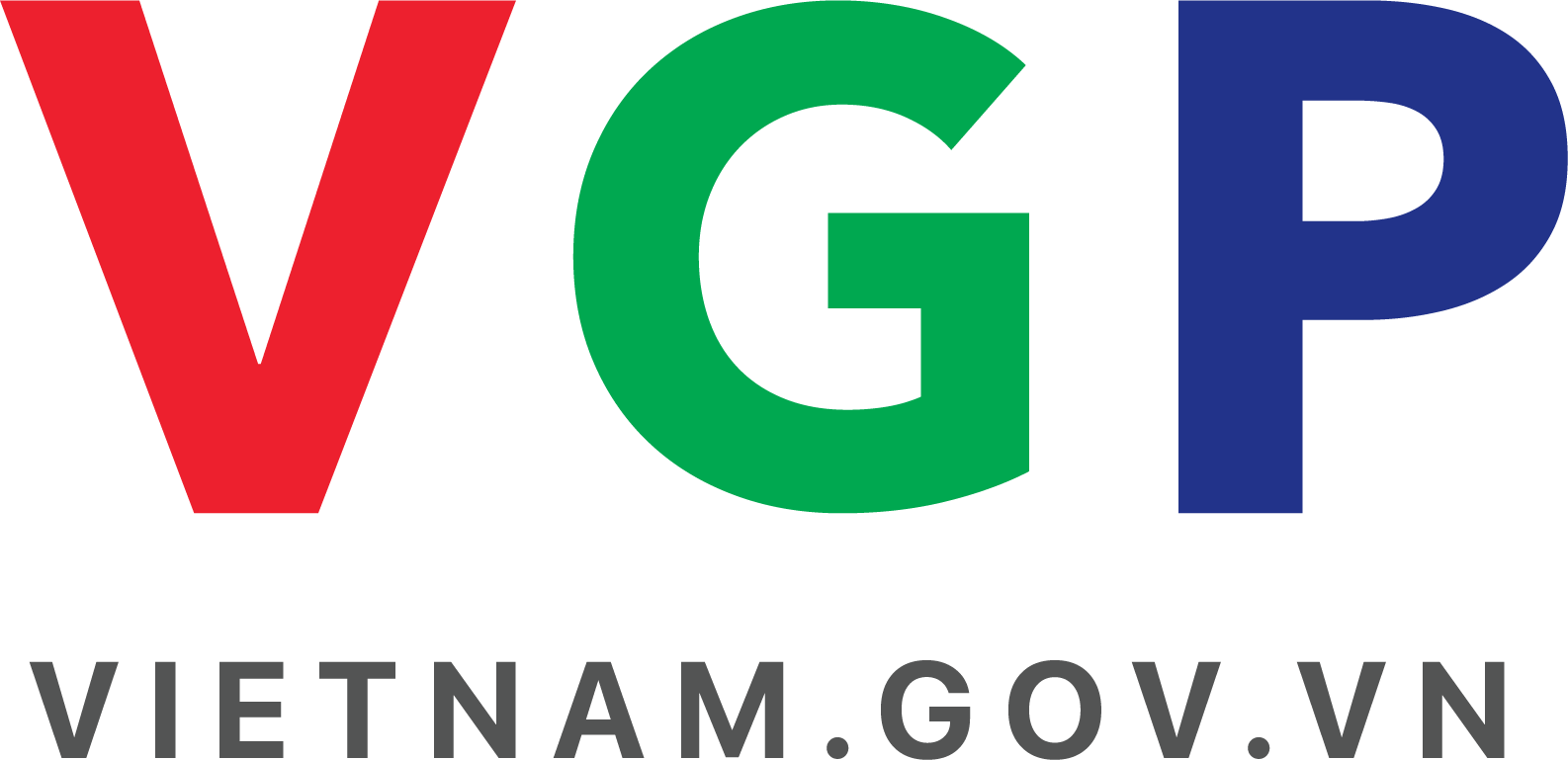
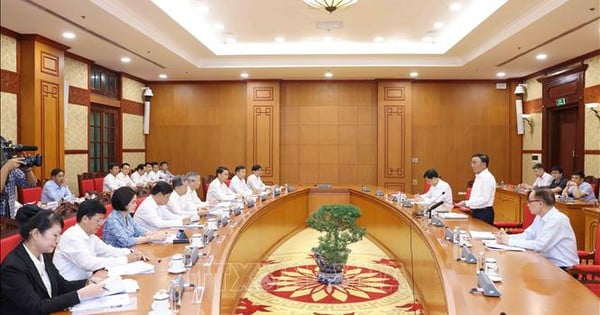
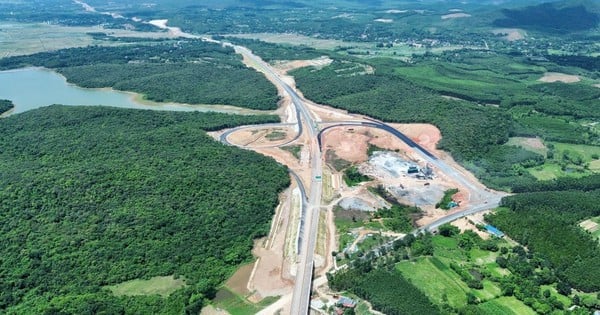

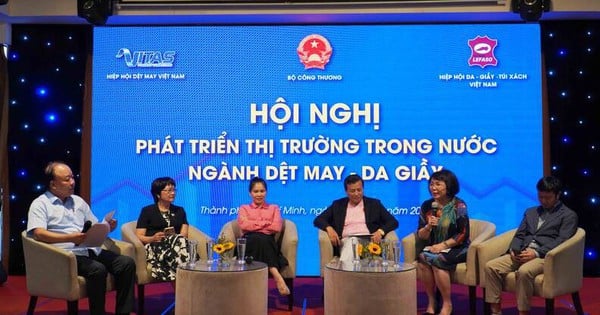
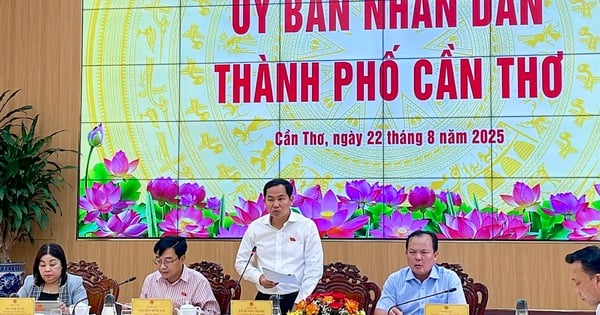





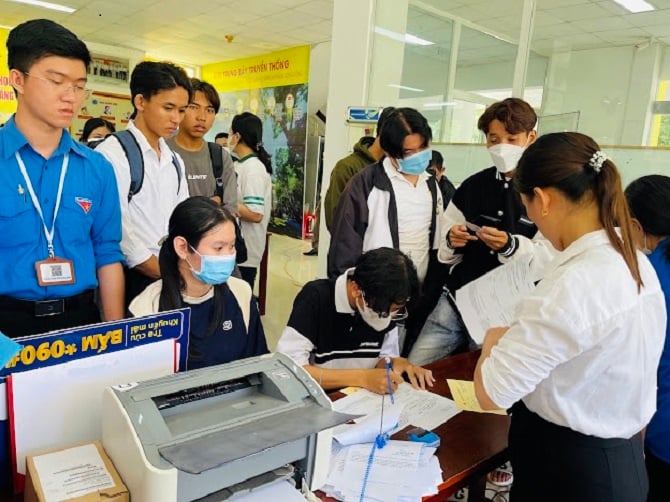
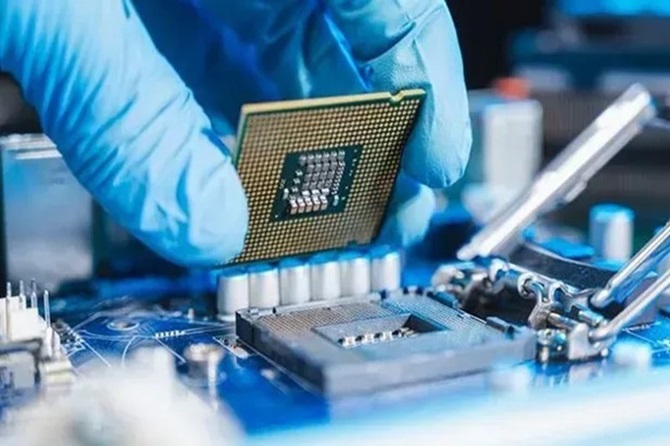
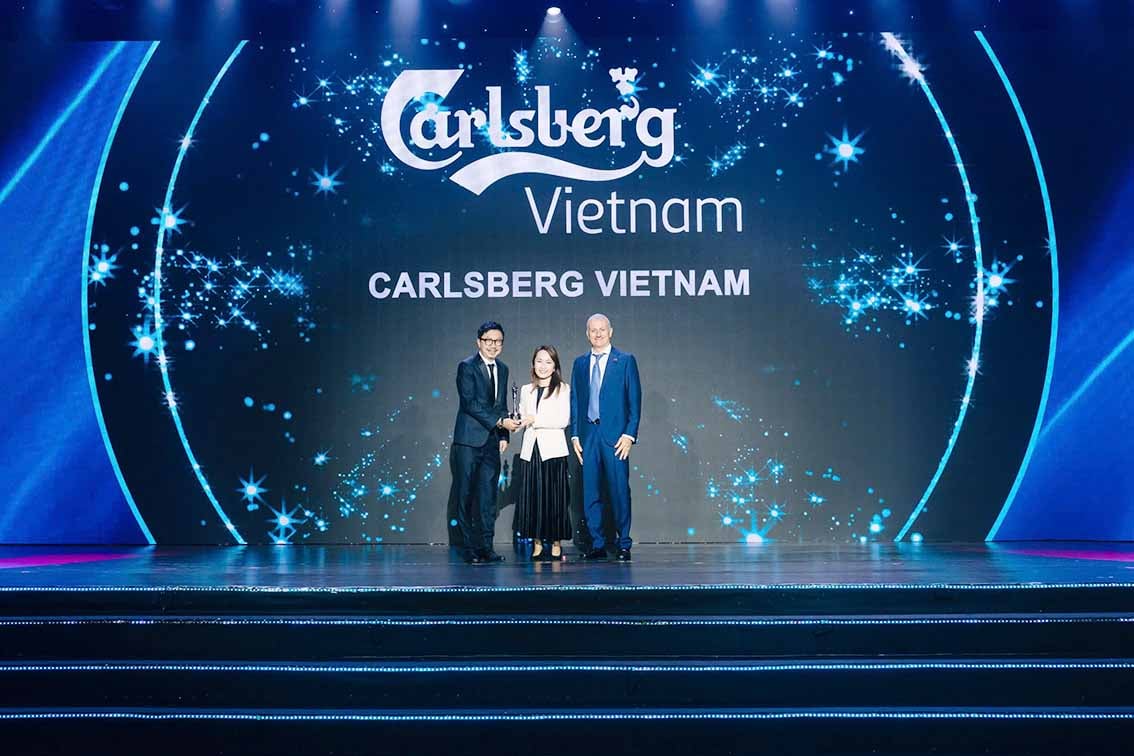

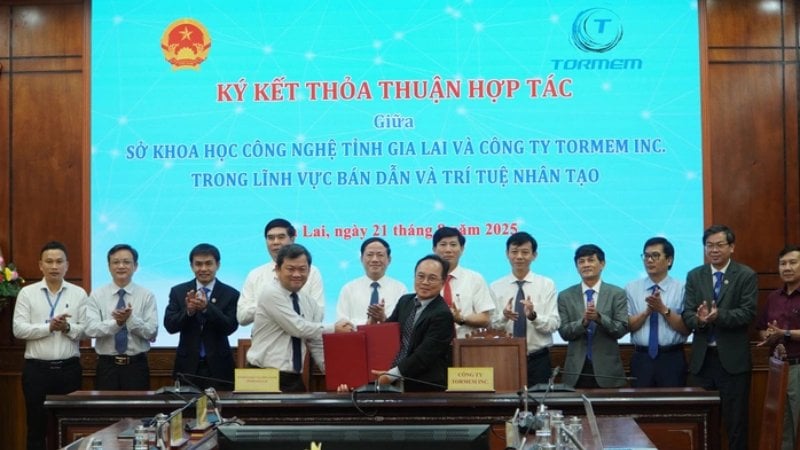


























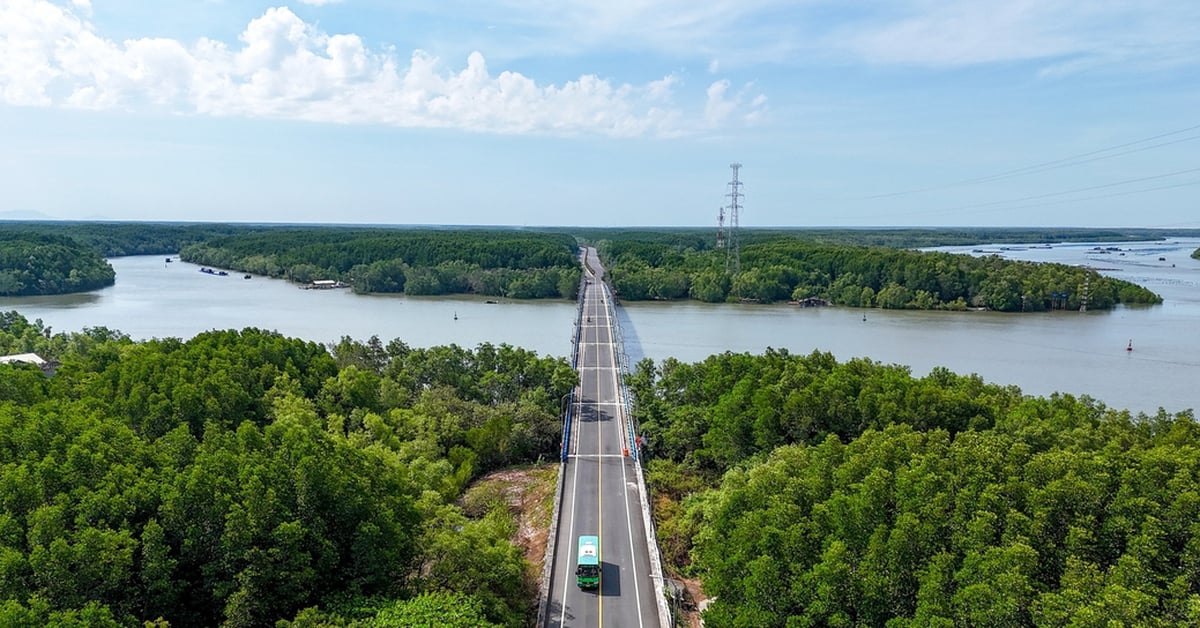
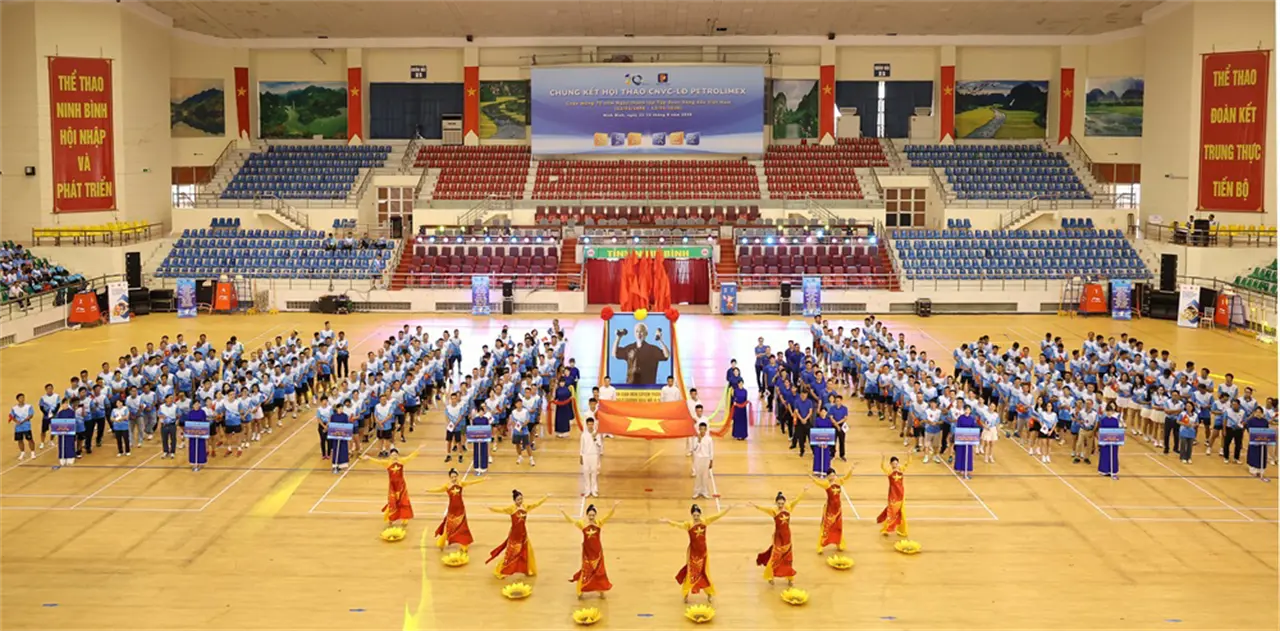

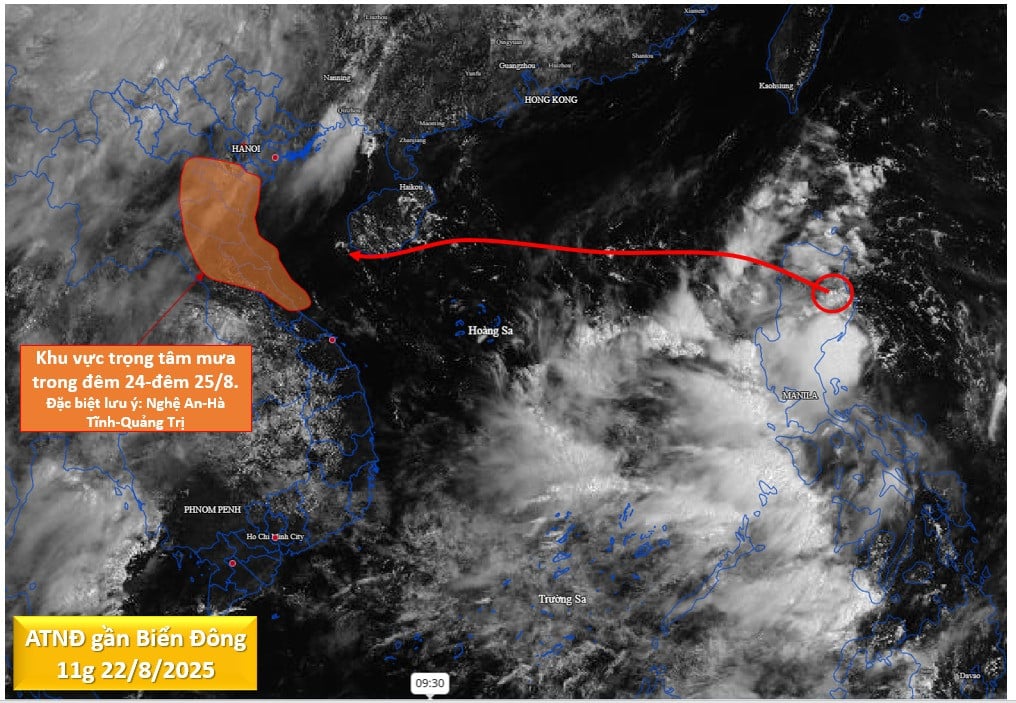
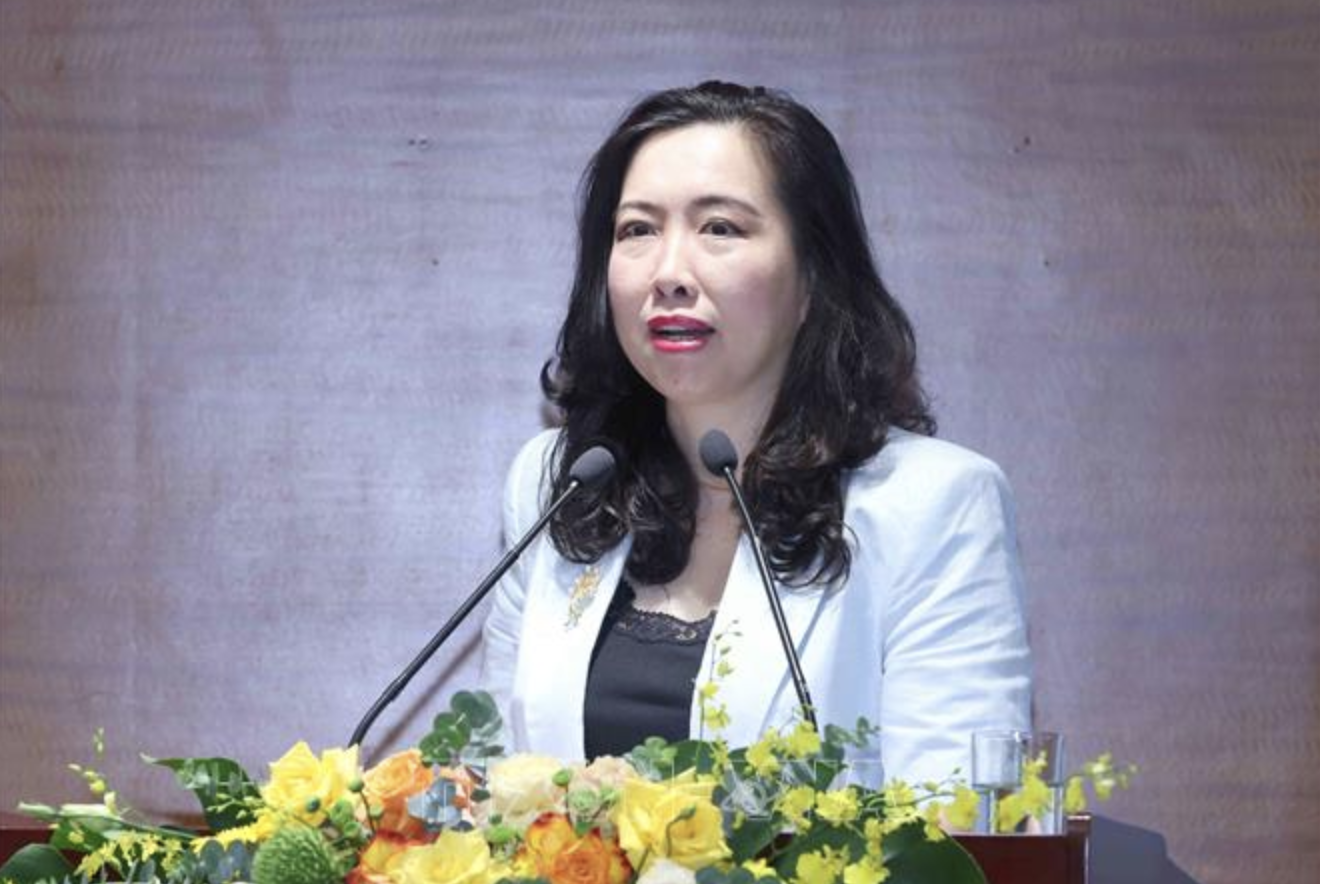




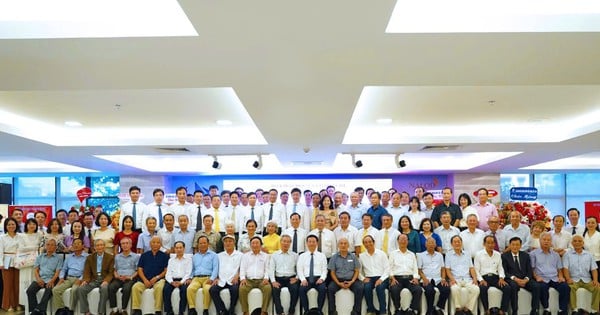

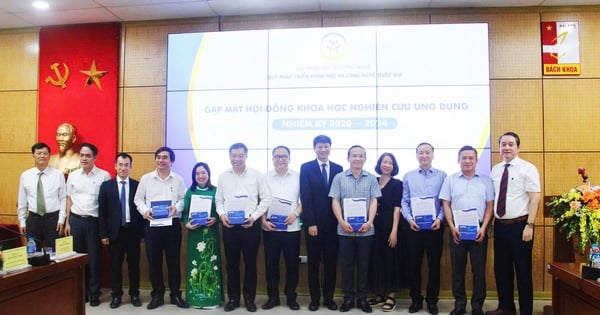
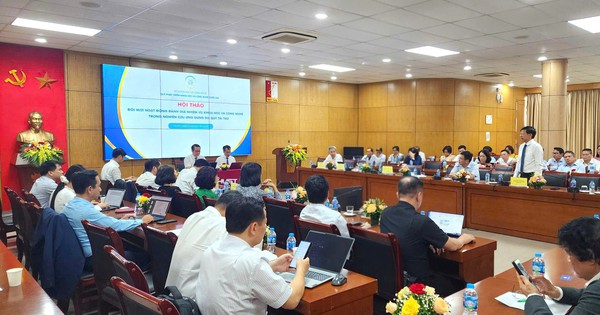


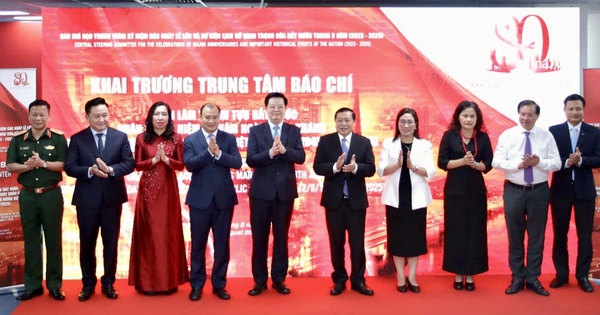

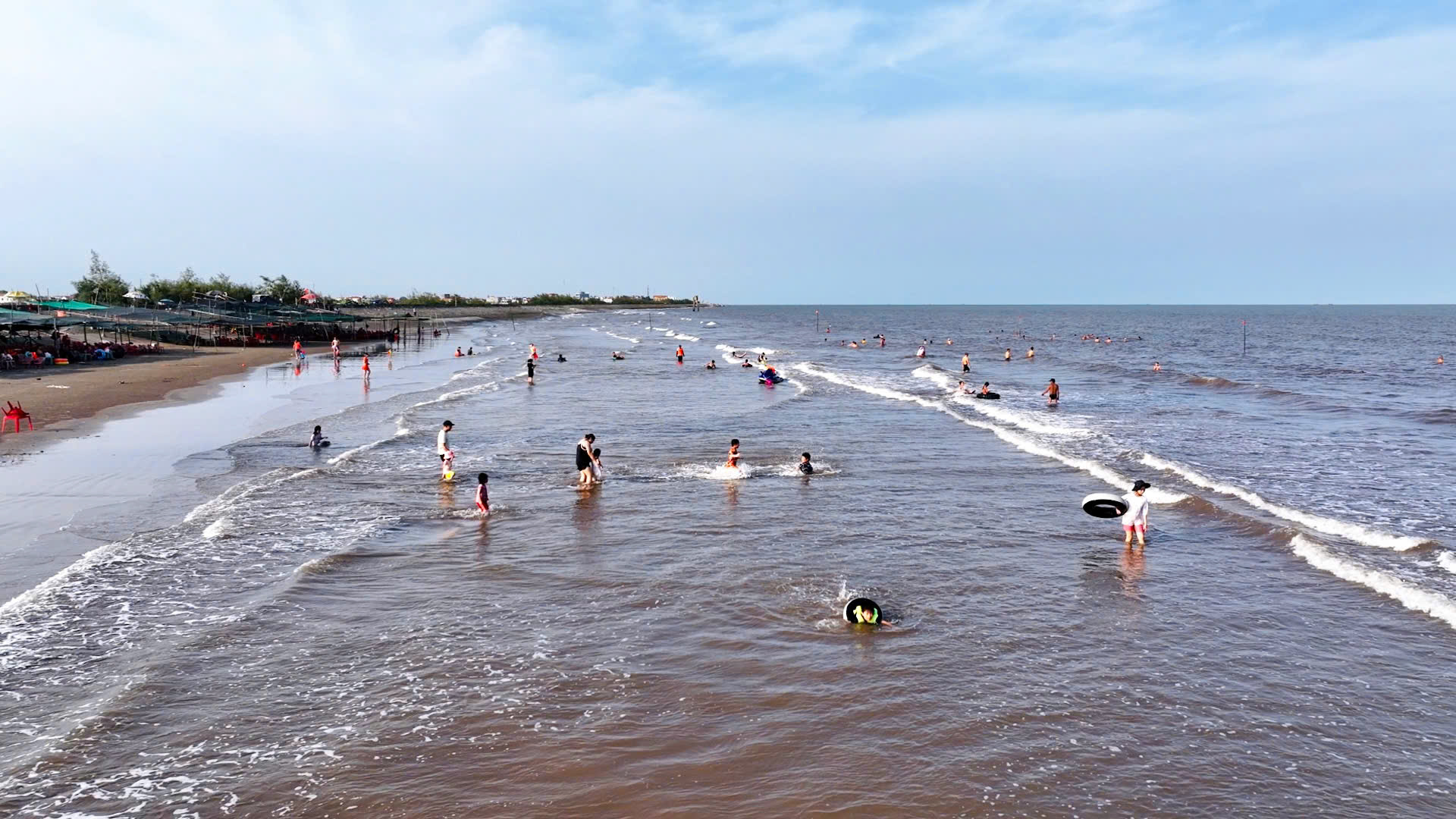



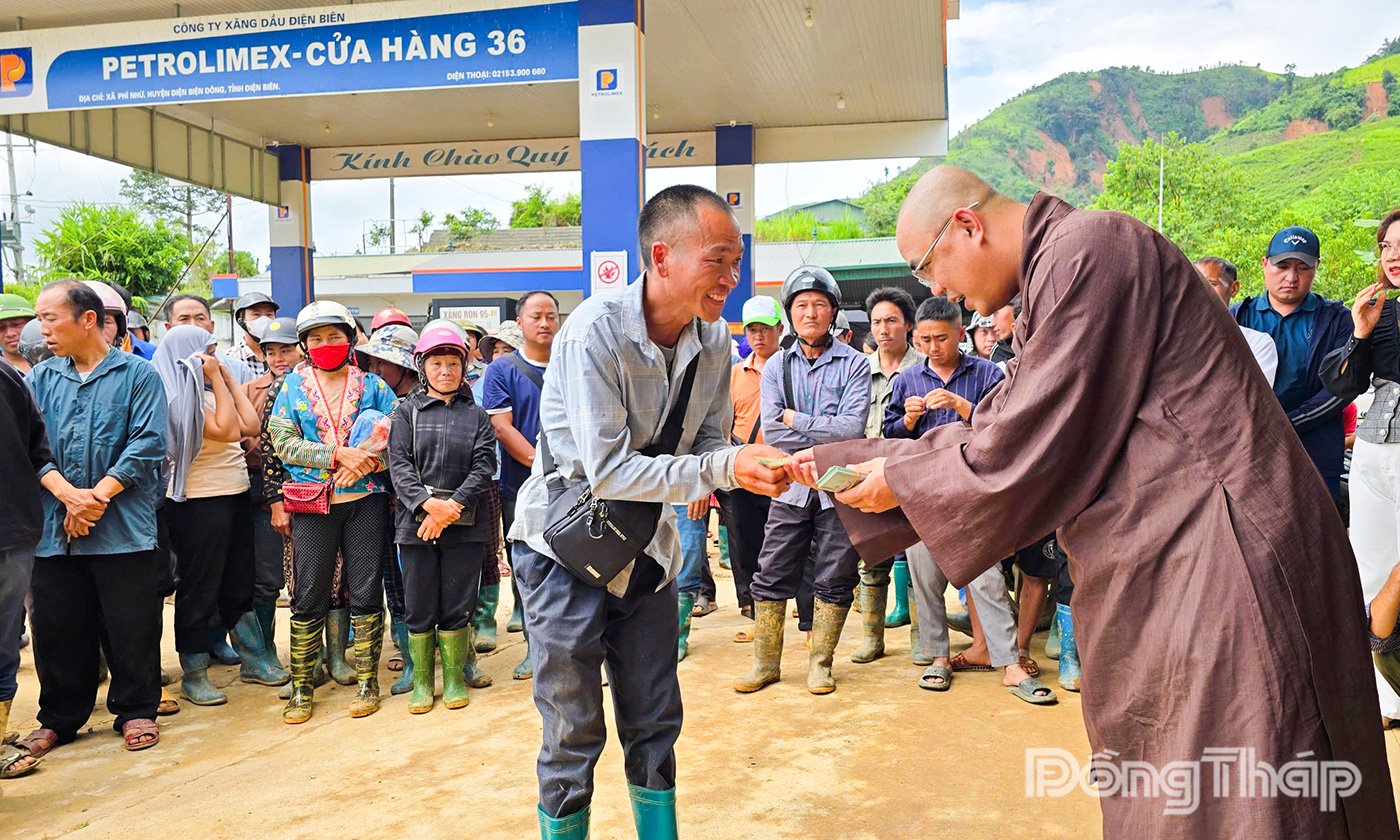
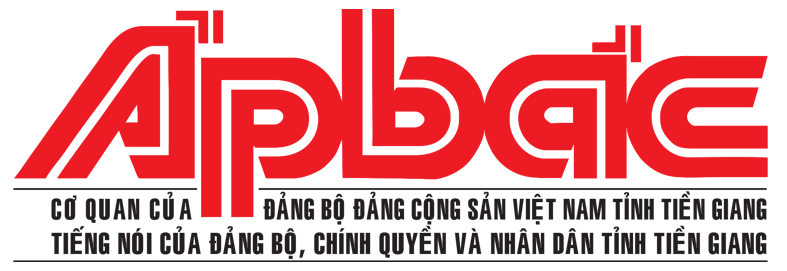
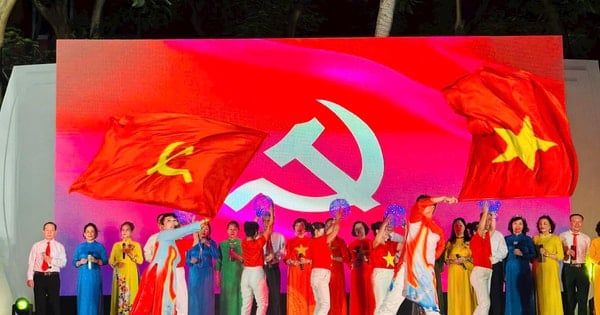

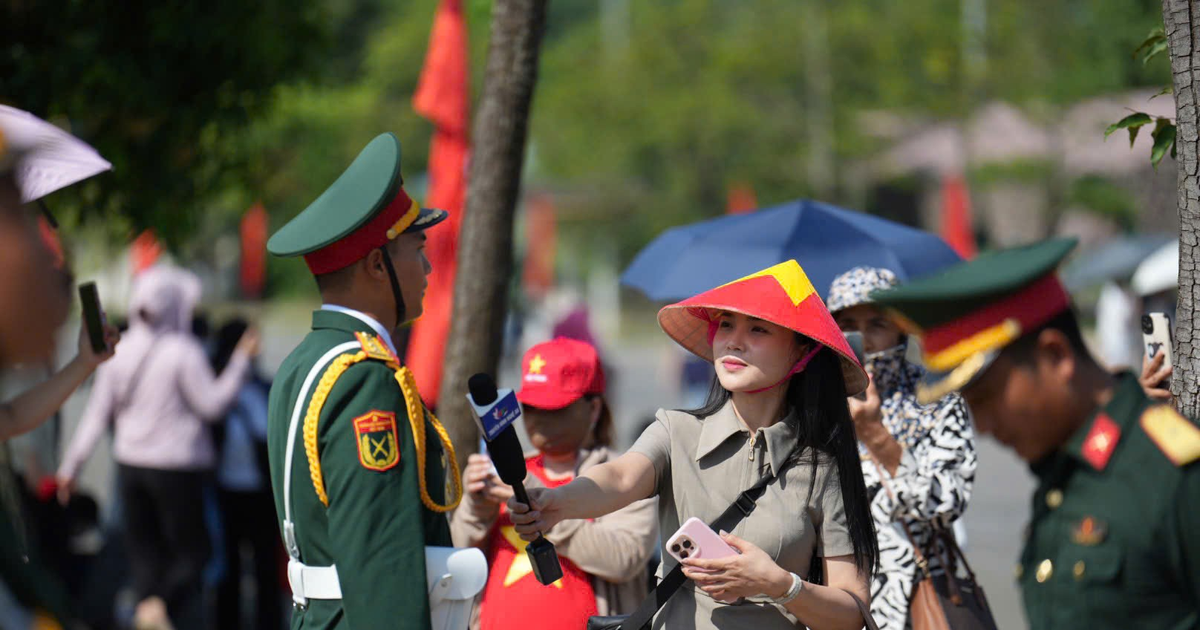

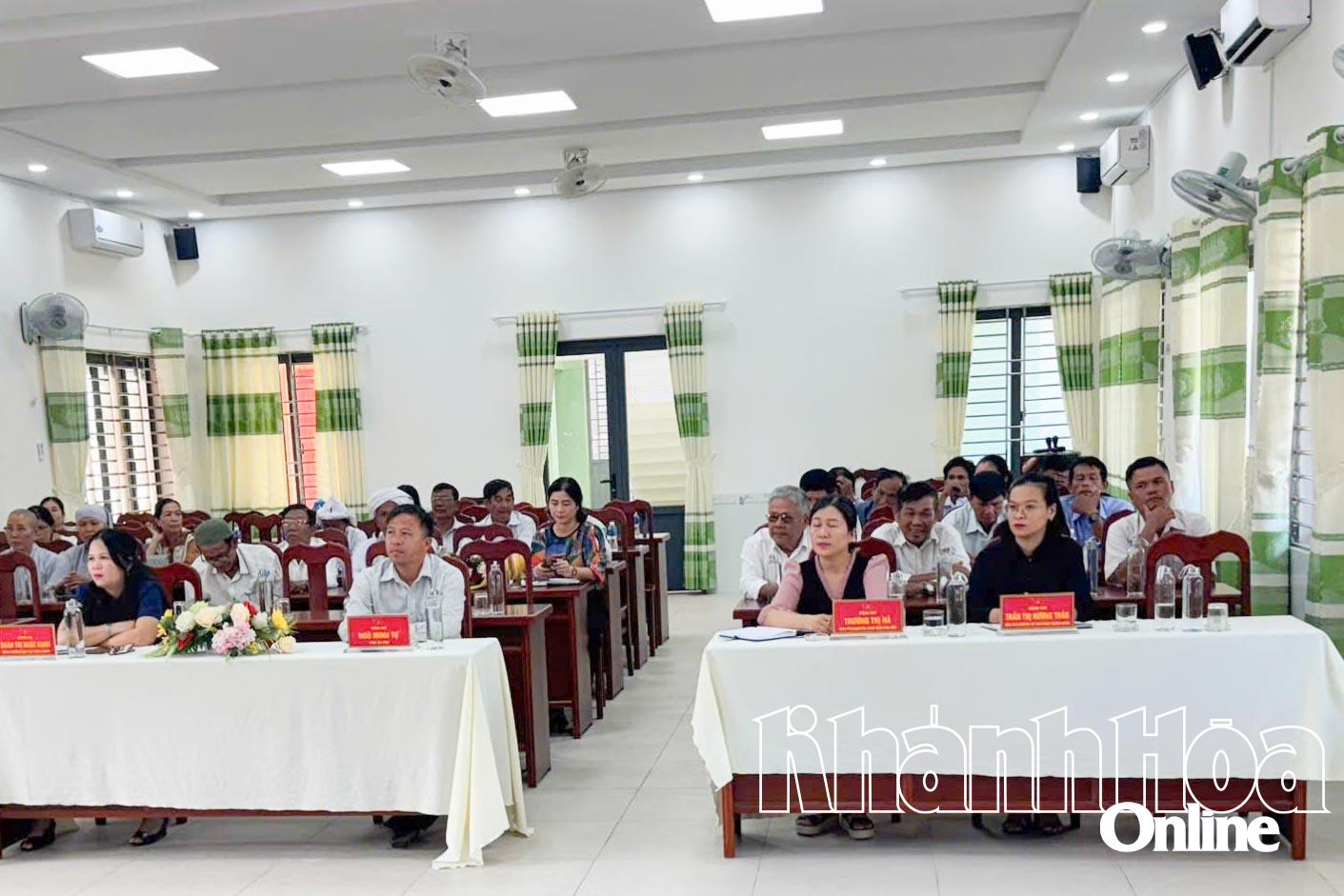

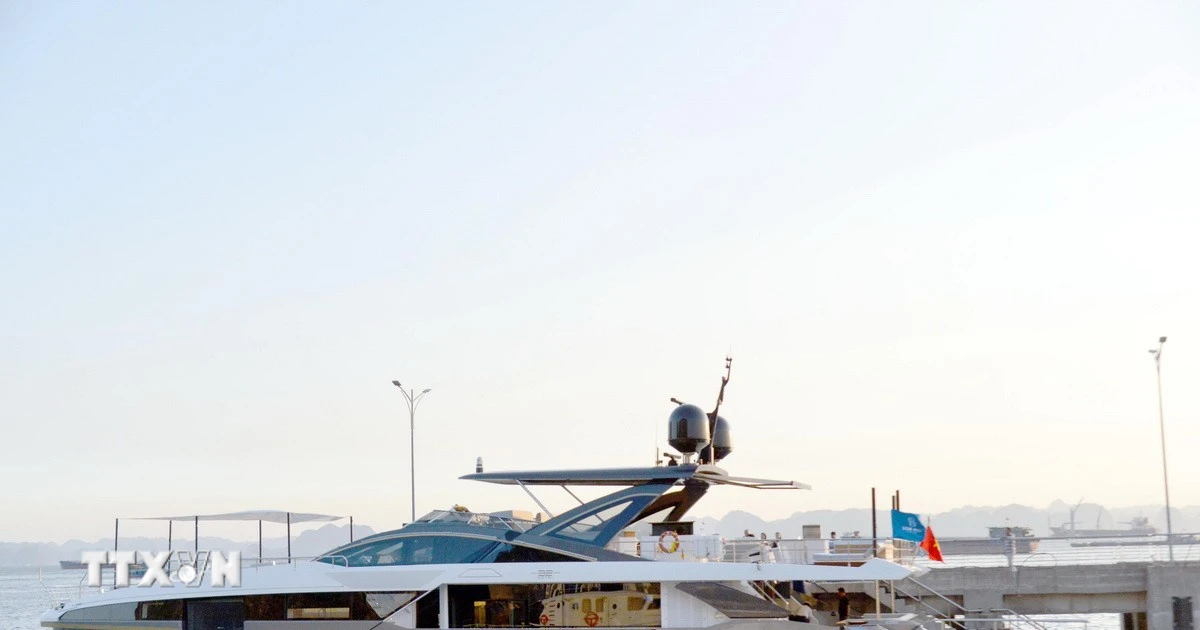














Comment (0)